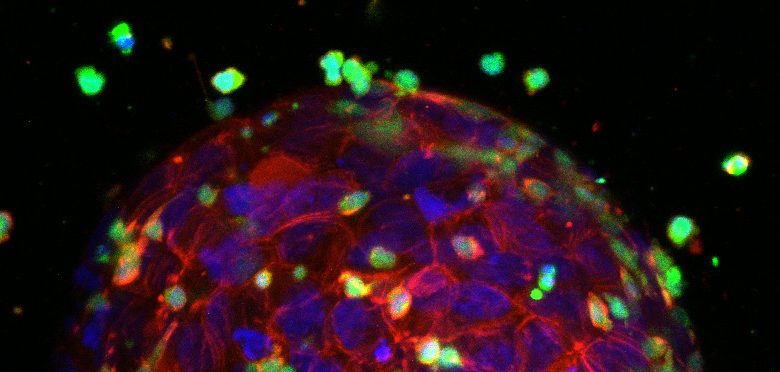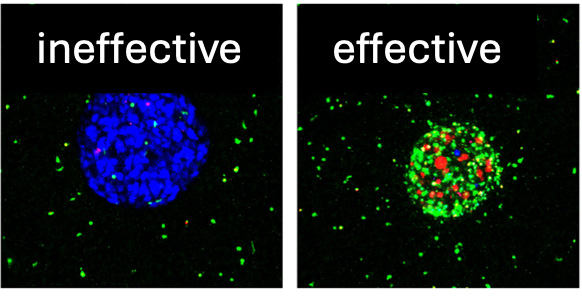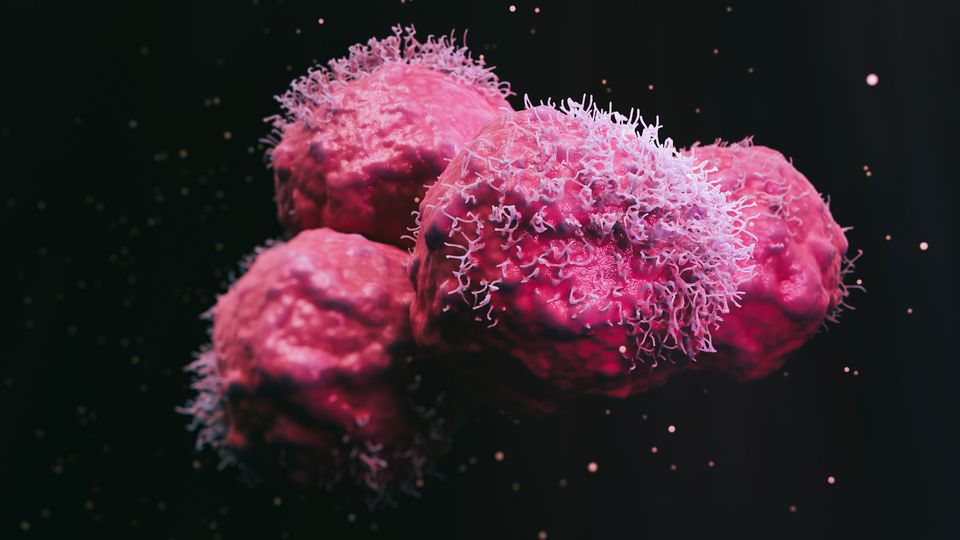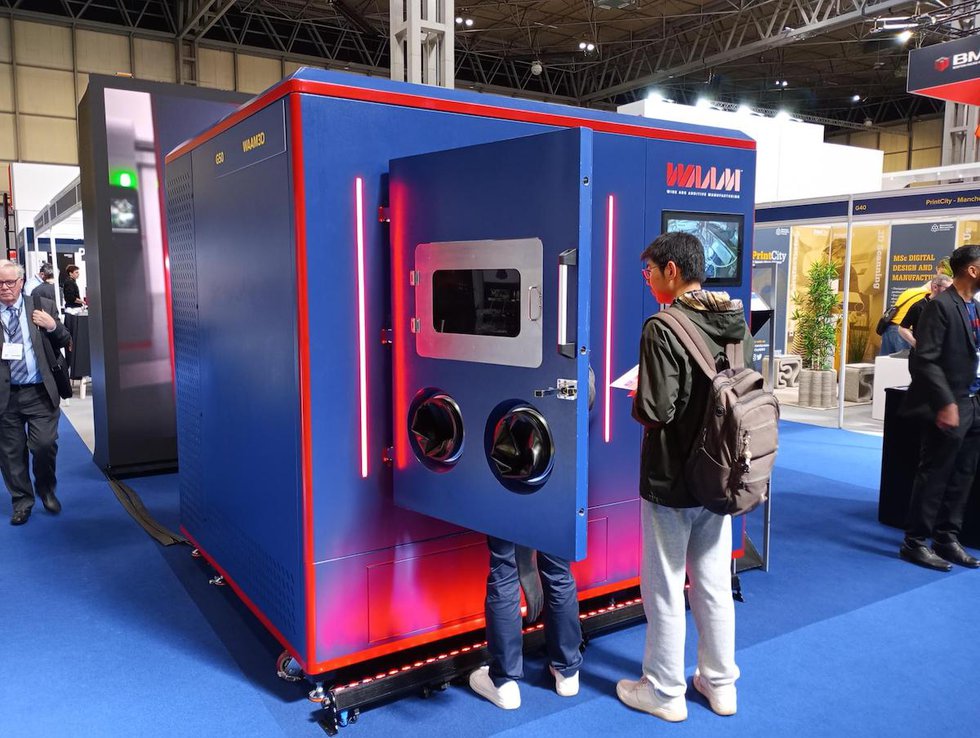ANYCUBIC Photon Mono M7 PRO 14K Resin 3D Printer, 170mm/h Fast Printing, 10.1'' Mono LCD with COB LighTurbo 3.0 Source, Dynamic Temperature Control Resin Vat, Build Volume 8.77''x4.96''x9.05''
$689.99 (as of June 19, 2025 23:45 GMT +00:00 - More infoProduct prices and availability are accurate as of the date/time indicated and are subject to change. Any price and availability information displayed on [relevant Amazon Site(s), as applicable] at the time of purchase will apply to the purchase of this product.)Have you ever wondered how researchers are pushing the boundaries of cancer treatment? At Leiden University, scientists are making significant strides in advancing cancer immunotherapy by 3D printing tumors. This innovative approach provides a more accurate model for testing the effectiveness of immune cells and therapies, bringing us closer to better treatment options.

$30 off $400+ Anycubic Products with code AC30OFF
A New Era in Cancer Research
Researchers at the Leiden Academic Centre for Drug Research have developed a groundbreaking method to create mini-tumors using 3D printing technology. By crafting these tumors within an environment that closely mimics human tissue, they can more accurately study the interactions between tumors and immune cells during tests.
The Method
The technology behind this involves using a 3D bioprinter equipped with a specialized needle to inject tumor cells into a collagen gel. This gel mimics the human tissue environment, allowing the tumors to grow and behave in ways similar to how they would in the body. This innovative setup is used to test the effectiveness of enhanced T-cells and bispecific antibodies.
“By using this method, we can ensure that only the most promising treatments move forward for further research and clinical development,” says Anita Liao, a PhD candidate at Leiden University.
Understanding Immunotherapy
To comprehend the significance of this breakthrough, it’s crucial to understand the basics of immunotherapy. Cancer cells are notorious for their ability to evade detection by the immune system. Immunotherapy aids the immune system in recognizing, attacking, and ultimately destroying cancer cells.
Enhancing T-Cells and Bispecific Antibodies
The Leiden University research focuses on two innovative strategies:
- Enhanced T-Cells: T-cells are specialized immune cells with receptors acting as antennas to identify and attack cancer cells. By engineering a patient’s T-cells with better receptors, these cells can more effectively target cancer cells.
- Bispecific Antibodies: These antibodies can bind to both T-cells and cancer cells, helping to guide T-cells directly to the cancer cells.
Traditional Testing Methods
Traditionally, new immunotherapies are tested by culturing tumor cells and T-cells together in a petri dish. However, this method does not accurately reflect the complexity of the human body.
“In a petri dish, T-cells grow among tumor cells and can immediately start killing them,” explains Erik Danen, Professor of Cancer Drug Target Discovery. “In reality, T-cells must navigate to the tumor first, adding complexity.”

Buy Photon Mono M5 Get Free 1KG Resin
Real-Time Monitoring of 3D Printed Tumors
The researchers have developed a more realistic model using 3D printed tumors embedded in a collagen gel. This approach allows them to monitor the tumors in real-time and observe the interactions between the tumors and immune cells.
How it Works
Once the tumors are printed into the gel, T-cells are added. These T-cells must then find their way to the tumor, mimicking the natural process in the body. This method allows researchers to test the effectiveness of various T-cells and antibodies in a high-throughput manner.
Additionally, the team uses automated microscopes to monitor these 3D printed tumors in real-time. This technology provides insights into how enhanced T-cells and antibodies work and reveals the defensive strategies employed by tumor cells.
“We can see not only if and how the treatments work but also investigate the defensive strategies of the tumor cells,” says Erik Danen.
A More Accurate Model
The new method has already proven successful in testing various bispecific antibodies. Unlike older models, this approach has shown that not all antibodies are effective.
“In the new, more complex model, we observed that the most effective antibodies not only activate T-cells but also trigger the production of signaling molecules that attract additional T-cells,” Danen explains. This observation could not have been made with the old method, where T-cells were mixed with tumor cells and could begin killing them immediately.
New Treatments for Breast and Eye Cancer
The researchers are already using their model to test improved T-cell receptors for various cancers, including breast and eye cancer. For instance, they are evaluating receptors developed by immunologist Mirjam Heemskerk from Leiden University Medical Center for eye cancer treatment.
They have also collaborated with Reno Debets’ immunology lab at Erasmus Medical Center in Rotterdam to test new receptors for breast cancer therapy. “Our model has successfully predicted which receptors will be effective in mouse models,” notes Danen. “These enhanced receptors are now ready for clinical trials in real patients. We hope our research represents a significant step forward in selecting optimal treatments for cancer patients.”
Table: Key Collaborations and Developments
| Institution | Area of Focus | Research Outcome |
|---|---|---|
| Leiden University Medical Center | Eye Cancer | Testing improved T-cell receptors |
| Erasmus Medical Center | Breast Cancer | Testing new receptors with significant clinical potential |

The Future of Cancer Immunotherapy
Leiden University’s innovative approach represents a significant step forward in cancer research. By creating more accurate models of tumors and monitoring their interactions with immune cells in real-time, researchers can better understand and develop effective treatments.
Impact on Clinical Development
This new method helps identify the most promising treatments for further research and clinical trials. The ability to observe the behavior of T-cells and antibodies in a complex, realistic environment ensures that only the most effective treatments make it to the next stages of development.
Broader Implications
The broader implications of this research are vast. By improving the accuracy of pre-clinical testing models, researchers can better predict the success of treatments in real patients. This innovation could lead to more effective cancer treatments and ultimately save lives.
Conclusion
The advancements made by researchers at Leiden University highlight the potential of using 3D printing technology to revolutionize cancer treatment. By creating more accurate models of tumors and monitoring interactions with immune cells in real-time, they are paving the way for more effective cancer immunotherapies. This innovative approach not only enhances our understanding of cancer but also brings us closer to finding better treatments for patients in need.
$30 off $400+ Anycubic Products with code AC30OFF








